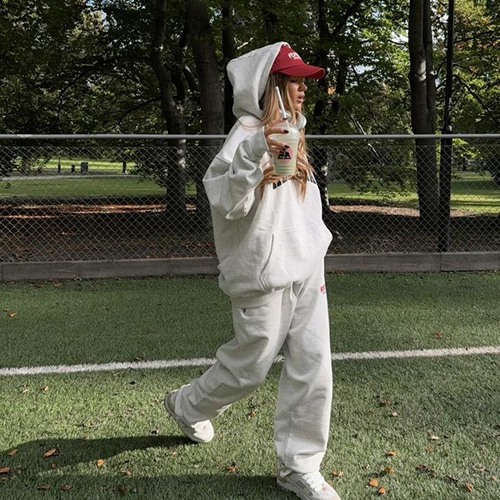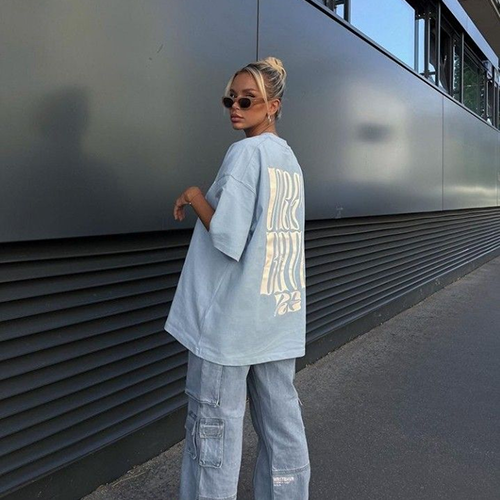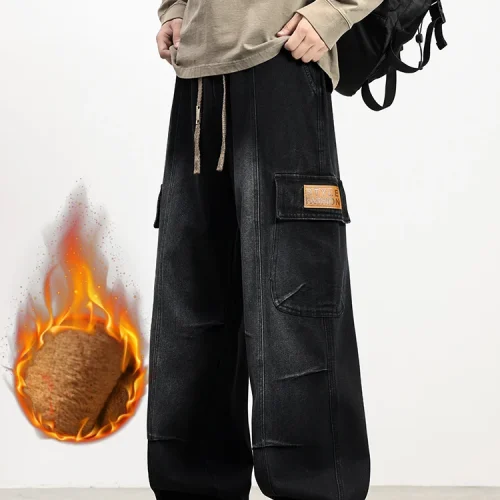Once dismissed as streetwear’s rebel child, the hoodie has quietly grown into one of the most influential garments of the 21st century.
It’s no longer just a sweatshirt with a hood — it’s a symbol.
Of comfort. Of anonymity. Of belonging.
What used to whisper rebellion now speaks refinement. In 2025, the hoodie has become fashion’s paradox — luxurious yet laid-back, minimalist yet charged with meaning.
This is the story of how a humble piece of cotton became the cultural armor of our time.
1. From Utility to Icon
The hoodie’s origins trace back to the 1930s, when Champion created the first version for warehouse workers in upstate New York. The goal was simple: warmth and protection.
Then came the athletes, especially boxers and runners, who adopted the hoodie as their pre-game essential.
By the 1970s, the hoodie left the locker room and hit the streets — literally.
It became the unofficial uniform of New York’s youth — hip-hop dancers, graffiti artists, and skaters who found in it a sense of identity.
It was practical, yes. But more than that, it became psychological armor — a way to exist in a world that often misunderstood them.
2. The Hoodie as Identity Shield
Fashion is never neutral.
When someone pulls a hood over their head, it can mean a thousand things — privacy, power, defiance, or peace.
In the early 2000s, the hoodie carried controversy.
It was banned in shopping malls, profiled in headlines, and politicized in ways that said more about society than the garment itself.
But time changes perception.
Designers began reclaiming it. Artists began redefining it. Celebrities began humanizing it.
Today, the hoodie no longer hides.
It reveals — not the face, but the state of mind.
3. The Anatomy of Comfort
What makes the hoodie so addictive? Comfort — but not just physical comfort. Emotional comfort.
A well-cut hoodie gives you permission to exhale. It feels like familiarity. Like safety.
That’s why every detail matters:
- Fabric weight: The perfect hoodie sits around 450–500 gsm — dense enough to hold shape, soft enough to move.
- Fit: A modern drop shoulder, slightly boxy but not baggy.
- Texture: Brushed fleece or French terry for tactile depth.
- Color: Muted tones — sand, ash gray, forest, or deep navy — evoke timelessness.
A hoodie, at its best, feels like a home you can wear.
4. The New Luxury Code
The hoodie’s evolution into luxury fashion was inevitable.
In 2016, Vetements and Balenciaga blurred the lines between streetwear and high fashion. The hoodie was suddenly walking Paris runways and commanding four-digit price tags.
But the true transformation came not from price, but from purpose.
Luxury today isn’t defined by logos — it’s defined by longevity, craftsmanship, and emotion.
A minimalist, perfectly structured hoodie now communicates what a three-piece suit once did: confidence through restraint.
It’s the uniform of modern creative power.
5. The Hoodie in the Age of Minimalism
We’ve entered an era of “quiet expression.”
The hoodie fits perfectly into that philosophy.
You no longer need to wear bold prints to make a statement.
You can wear a perfectly cut, blank hoodie and say: I’m comfortable with who I am.
Brands like Trendytroop champion this aesthetic — merging soft silhouettes, durable materials, and mindful construction.
In a loud world, subtlety is strength.
6. Gender Fluidity and Fit Evolution
The hoodie is one of the most democratic garments ever created.
It has no gender. No body standard. No boundaries.
Oversized or cropped, zipped or pullover — each design invites reinterpretation.
It’s worn by all identities and ages because it adapts to emotion rather than expectation.
It’s not about how you look in it — it’s about how you feel inside it.
The modern hoodie, then, isn’t just clothing.
It’s permission — to exist, to move, to breathe.
7. From Street to Studio
The hoodie has entered the creative workplace — replacing suits, redefining professionalism.
Designers sketch in it. Founders pitch in it. Photographers edit in it.
It’s not rebellion anymore — it’s focus.
The uniform of the creative class is built for motion and mental space.
A hoodie gives both.
Where once it symbolized nonconformity, it now symbolizes productivity — a new kind of authority that values clarity over conformity.
8. The Emotional Layer
Think of the hoodie you’ve kept for years — faded, frayed, maybe even stained.
Why can’t you let it go?
Because some clothes hold memories, and hoodies hold warmth in more ways than one.
They absorb late-night talks, road trips, heartbreaks, lazy Sundays, and new beginnings.
The hoodie isn’t fast fashion — it’s slow emotion.
It stays because it remembers.
9. Sustainability and the Conscious Hoodie
The hoodie industry, like all fashion, is evolving toward accountability.
Sustainability is no longer optional.
Brands are turning to organic cotton, recycled fleece, and carbon-neutral production.
But the most sustainable hoodie isn’t the one you buy — it’s the one you keep.
Durability and timeless design are now core principles of conscious consumption.
A hoodie that lasts five years is a small revolution in itself.
10. The Hoodie in Culture
The hoodie has become visual shorthand for authenticity.
Think of Kanye West, Billie Eilish, Drake, or Timothée Chalamet — each redefined cool by dressing down.
The hoodie became the armor of anti-perfection — an emblem of effortless confidence.
In film and media, it carries emotion too.
The hoodie in Euphoria is vulnerability; in Mr. Robot, defiance; in Spider-Man, transformation.
No other garment can mean so many different things to so many different people.
11. The New Rules of Styling
Today, the hoodie is not just casualwear — it’s a styling tool.
- With Tailoring: Pair a black hoodie under a wool blazer — understated power.
- With Streetwear: Layer over oversized trousers and sneakers — controlled nonchalance.
- With Luxe Minimalism: A cream hoodie with tonal pants — modern serenity.
The hoodie’s versatility is what keeps it timeless.
It evolves not by changing shape, but by changing context.
12. The Hoodie as Meditation
In an overstimulated era, simplicity is sanctuary.
The act of pulling a hood up is almost meditative — it shields the world just enough to let you breathe.
That’s why the hoodie endures: it’s not a statement of rejection, but of introspection.
It’s the garment of peace, not protest.
13. The Future of the Hoodie
As technology advances, expect hoodies to evolve with function:
- Temperature-regulating fabrics.
- Smart stitching that tracks movement.
- Recycled yarns that biodegrade naturally.
But beyond innovation, the hoodie’s essence will remain the same — human connection through comfort.
Because the next generation doesn’t want to wear symbols of status.
They want to wear symbols of sincerity.
14. Conclusion: The Power of the Unspoken
The hoodie is fashion’s paradox — casual but considered, anonymous but expressive, silent but powerful.
It has moved from rebellion to reflection, from streets to studios, from exclusion to inclusion.
What began as functional clothing now defines an entire emotional language.
You don’t have to explain yourself in a hoodie.
You just have to exist.
And sometimes, that’s the most powerful statement of all.








